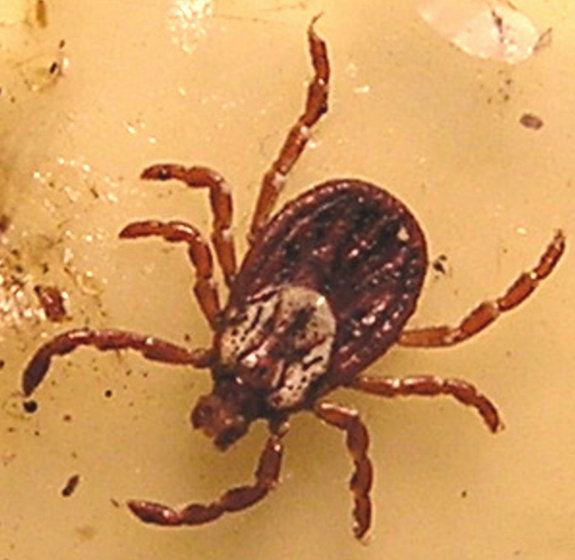Tonight David Haskell, biologist at the University of the South at Sewanee, is visiting our college to read from his book The Forest Unseen. In the best tradition of liberal arts professors, Haskell is thoroughly interdisciplinary. I’ve posted in the past h0w he draws upon William Blake, Ralph Waldo Emerson, Henry David Thoreau, and Julian of Norwich in his book. Today I share excerpts from a chapter where he draws an analogy between Arthurian knights on a grail quest and the wood tick (!).
Before elaborating, let me describe the book, which has won several awards and was a Pulitzer finalist in this year’s “General Nonfiction” category. David designated a spot in an old growth forest on the Sewanee Mountain as a mandala and watched it for a year, describing everything he saw there. In addition to ticks, his book touches on the science of algae, funguses, moss, salamanders, various woodland flowers and trees, snowflakes, earthquakes, mosquitoes, deer droppings, multiple bird species, coyotes—and that’s just a start.
The book has special meaning for me because I used to roam these very woods when I was a child, having grown up in Sewanee.
Here’s some of what Haskell has to say about his encounter with a tick:
This foot-waving tick in the mandala is engaged in what zoologists call questing behavior. This gives the animals a measure of Arthurian nobility, tempering our disgust at their bloodstucking habits. The image of a quest is particularly apt because both the Knights of the Round Table and the Arachnids of the leafy forest seek the same end: a blood-filled Grai. In the case of the lone star tick, this Grail is a warm-blooded animal, either a bird or a mammal.
The knights’ mythical quest led them to the blood from Christ’s wounds, collected in the Grail by Joseph of Arimathea. The ticks are less selective about the theological pedigree of the blood they seek, and their quest ends with molting or sex. The ticks’ quest also differs substantially in style from the journeys of the knights. Most ticks sit and wait for the Grail to come to them, then ambush it,r ather than trekking across continents to hund downtheir meal of blood. The tick in the mandala showed the classic approach to questing: climb up a shrub or blade of grass, position yourself at its tip, then hold out your forelimbs andwait for your victimto brush up against you.
And later:
Despite the nobility of the tick’s quest and my admiration of her armor and weaponry, I feel a strong need to flick her away or pinch her with my fingernails. Such disgust may come from womewhere deeper than mere learned precaution. Fear of ticks is etched in my nervous system by the experience of many, many lifetimes. Our battle with questing tricks is at least sixty thousand times older than the Arthurian legends. We’ve been scratching and tweaking at ticks through our entire history as Home sapiens, back to our early primate days when we chattered and groomed one another, to our time spent as itchy insectivores and, further, to our reptilian origins when ticks evolved ninety million years ago. The Grail tires after so many millions of years of pursuit. I skirt the viburnum bush as I leave.
Although earlier in the book Haskell recounts allowing himself to be bitten by a mosquito so that he can report on its effects, he declines to do the same with a tick. In this case, he’s unwilling to share his precious body and blood so that we may attain enlightenment.

One Trackback
[…] to his many poetic allusions, which I have shared in two previous posts on Forest Unseen (here and here), David also emphasizes how important stories are to scientists, and how important empathy is as […]